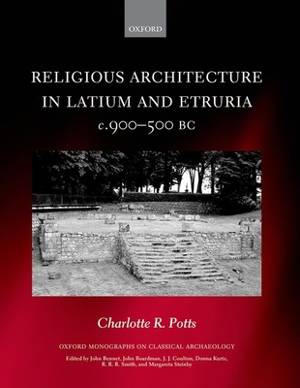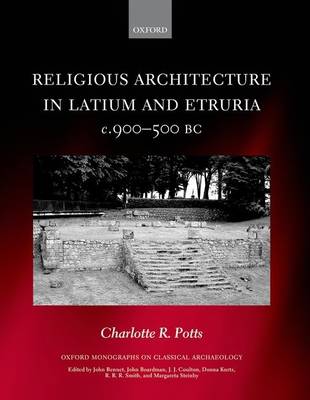
- Retrait gratuit dans votre magasin Club
- 7.000.000 titres dans notre catalogue
- Payer en toute sécurité
- Toujours un magasin près de chez vous
- Retrait gratuit dans votre magasin Club
- 7.000.0000 titres dans notre catalogue
- Payer en toute sécurité
- Toujours un magasin près de chez vous
Description
Religious Architecture in Latium and Etruria, c. 900-500 BC presents the first comprehensive treatment of cult buildings in western central Italy from the Iron Age to the Archaic Period. By analysing the archaeological evidence for the form of early religious buildings and their role in ancient communities, it reconstructs a detailed history of early Latial and Etruscan religious architecture that brings together the buildings and the people who used them. The first part of the study examines the processes by which religious buildings changed from huts and shrines to monumental temples, and explores apparent differences between these processes in Latium and Etruria. The second part analyses the broader architectural, religious, and topographical contexts of the first Etrusco-Italic temples alongside possible rationales for their introduction. The result is a new and extensive account of when, where, and why monumental cult buildings became features of early central Italic society.
Spécifications
Parties prenantes
- Auteur(s) :
- Editeur:
Contenu
- Nombre de pages :
- 296
- Langue:
- Anglais
- Collection :
Caractéristiques
- EAN:
- 9780198722076
- Date de parution :
- 26-01-16
- Format:
- Livre relié
- Format numérique:
- Genaaid
- Dimensions :
- 279 mm x 224 mm
- Poids :
- 1043 g

Les avis
Nous publions uniquement les avis qui respectent les conditions requises. Consultez nos conditions pour les avis.






